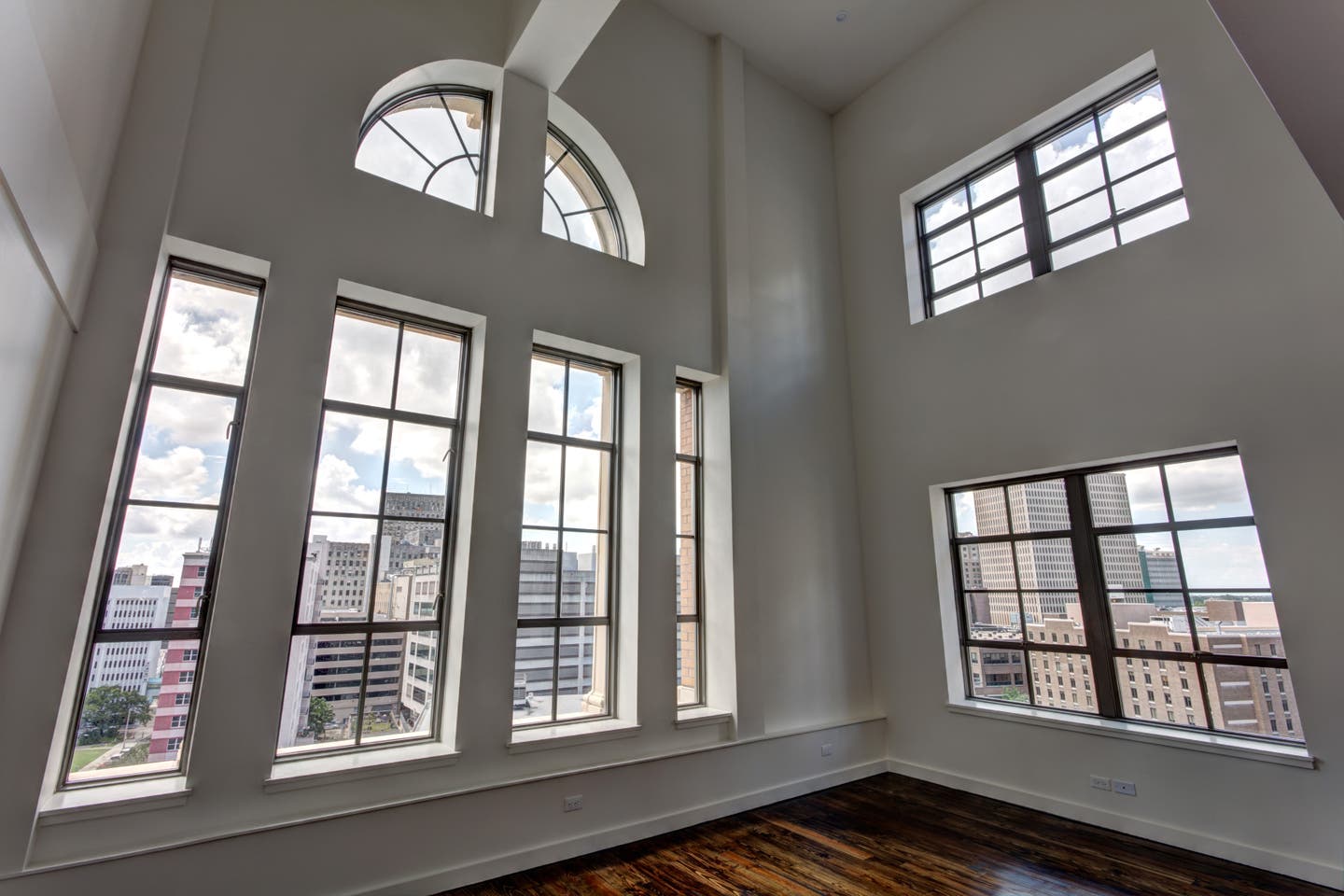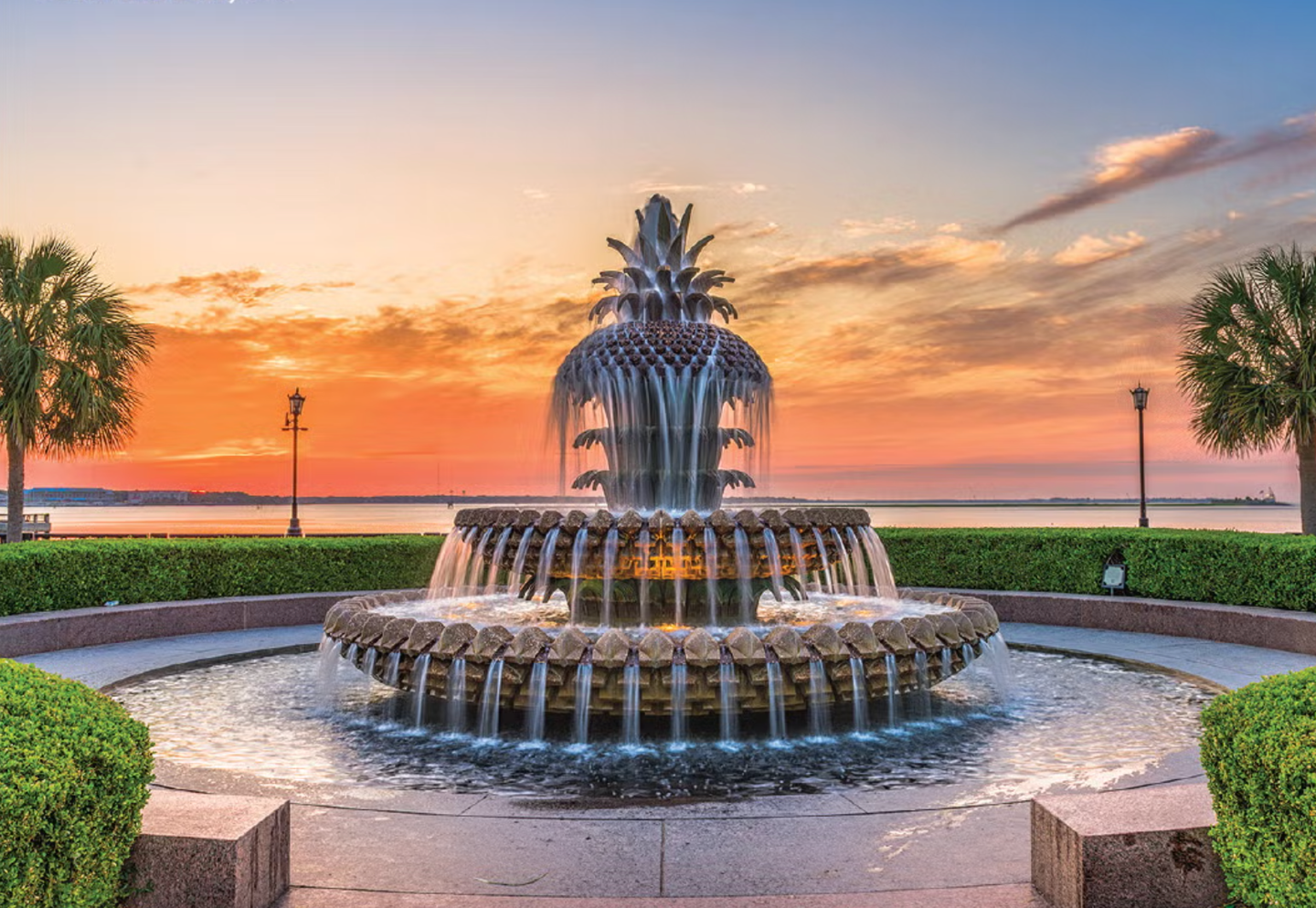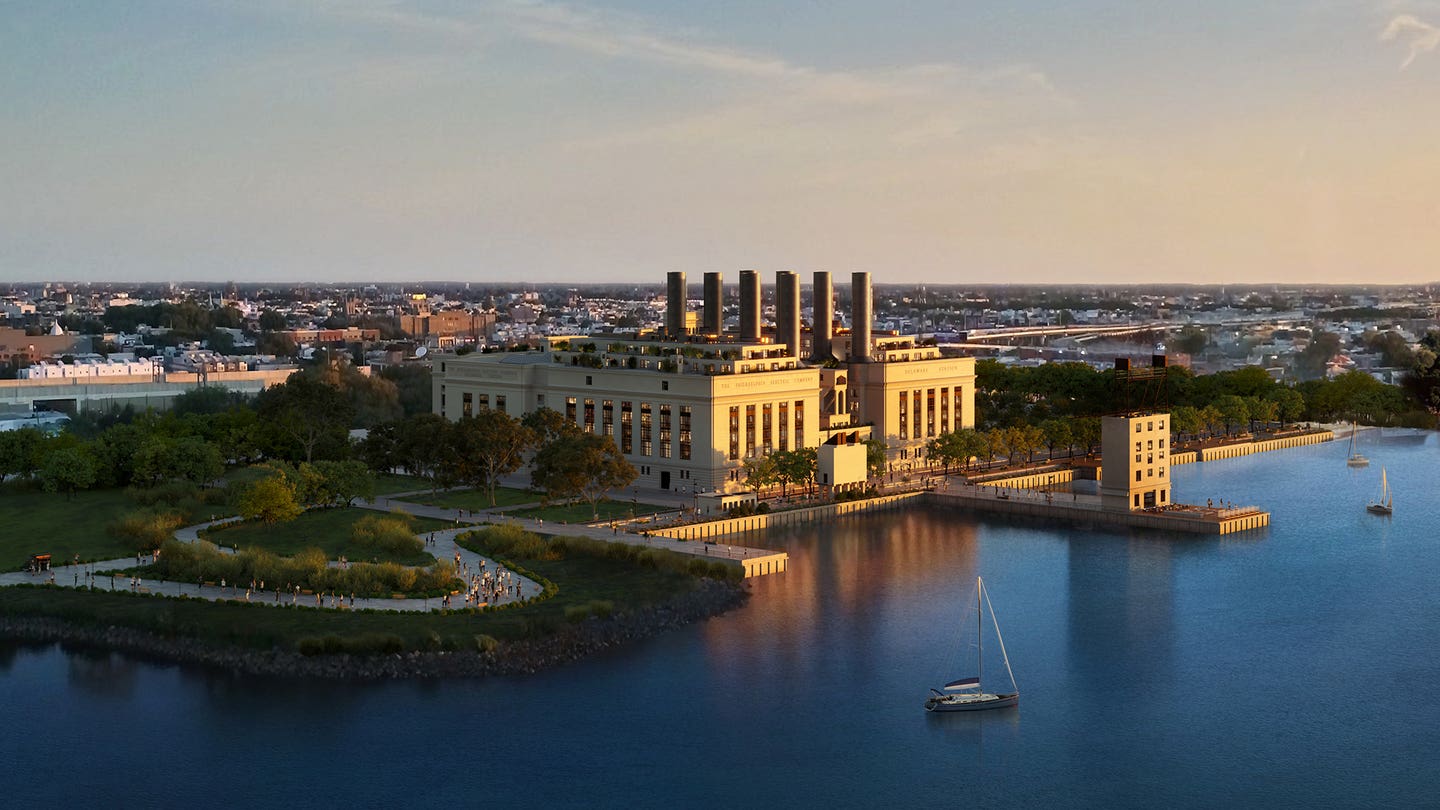
News
Winco Windows and Hurricane Resistant Windows
Most architects and installers have heard of hurricane windows, as they’re a popular window option for commercial buildings. However, not all hurricane-rated windows are created equally.
From material choices to ratings, there are several important considerations to make before moving forward with a hurricane window installation.
Winco Windows has a series of tips to use as a guide. You can read the full article here; below we’ve selected some highlights.
What Are Hurricane Windows? Hurricane windows are engineered to be much more durable than standard glass windows, in order to resist the high winds and flying debris associated with hurricanes. These windows are specifically designed to not shatter upon impact.
What Are the Materials Used in Hurricane-Resistant Windows? The materials for hurricane-resistant windows vary by manufacturer; however, they share some similarities. Hurricane-grade windows are generally made with two pieces of heat treated glass bonded together to a thin plastic membrane. There are many other material options but this membrane is typically made from polyvinyl butyral (PVB) or ionoplast polymer. The frames are generally made of metal — either steel or aluminum.
What Are the Different Ratings for Hurricane Windows? All hurricane-grade windows have to undergo a rigorous design pressure test to make sure they can withstand dangerous storm conditions. Generally, this test is a three-part test based on air, water pressure and structural components, and the end result provides the window’s Design Pressure (DP) rating.
What Are the Requirements for Hurricane-Resistant Windows? For windows to be considered hurricane resistant, they have to go through strict testing. They also must meet specific guidelines from The American Society for Testing & Materials (ASTM) for companies to market and sell them as “hurricane resistant”. ASTM tests for different levels of impact resistance, each with more stringent qualifications than the last. This testing includes a large missile impact test, which launches a nine-pound 2X4 at 50 feet per second (fps), or around 35 mph, towards the center of the window. If it doesn’t shatter, the test is repeated, except this time it’s launched towards a corner. To pass this test, the window must stay intact both times. In addition, the window has to endure pressures that simulate the pressure of up to 200 mph winds. If it stays together inside its frame and doesn’t have a significant puncture in the laminate, it is considered a pass.
What Types of Buildings Are Hurricane-Rated Windows Best for? Hurricane-rated windows are an excellent option for any building in the path of extreme weather, including hurricanes, tropical storms, tornadoes or other dangerous weather. Any building that houses residents or holds high-value property is also always worth the added protection. Historical buildings and renovation projects are also popular choices for hurricane window upgrades. Some states, cities and municipalities actually mandate that your building have hurricane-resistant windows. Florida, for instance, lays out stronger requirements for hurricane-resistant homes and buildings in the Florida Building Code (FBC). However, not all properties are required to have hurricane-rated windows. If you’re unsure whether hurricane windows are required for your building, be sure to check your state and local building codes.
Can Regular Windows Be Treated for Hurricane Resistance? No, typically existing or ‘regular’ windows cannot be coated or strengthened enough to become hurricane resistant. Hurricane-rated windows must undergo intense testing to ensure they’re up to the task of withstanding brutal winds and flying debris. The installation, framing, glazing and fasteners all are designed to work as a complete protection system. However, if you don’t want hurricane windows, but need protection, another option is hurricane shutters. While not as aesthetically appealing, hurricane shutters are a viable alternative to hurricane-grade windows. And if you want the ultimate protection, consider installing both on your building.
Read the complete guide here, it covers more details and has links to resources.









